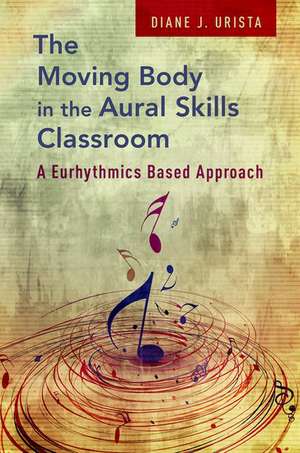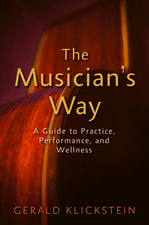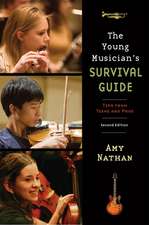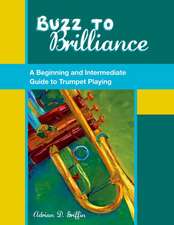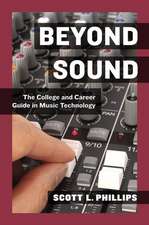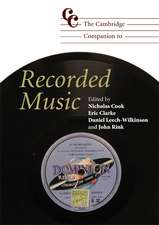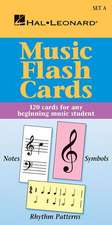The Moving Body in the Aural Skills Classroom: A Eurythmics Based Approach
Autor Diane J. Uristaen Limba Engleză Hardback – 3 noi 2016
| Toate formatele și edițiile | Preț | Express |
|---|---|---|
| Paperback (1) | 268.64 lei 31-38 zile | |
| Oxford University Press – 3 noi 2016 | 268.64 lei 31-38 zile | |
| Hardback (1) | 760.56 lei 31-38 zile | |
| Oxford University Press – 3 noi 2016 | 760.56 lei 31-38 zile |
Preț: 760.56 lei
Preț vechi: 1028.93 lei
-26% Nou
Puncte Express: 1141
Preț estimativ în valută:
145.55€ • 151.76$ • 120.97£
145.55€ • 151.76$ • 120.97£
Carte tipărită la comandă
Livrare economică 10-17 martie
Preluare comenzi: 021 569.72.76
Specificații
ISBN-13: 9780195326116
ISBN-10: 0195326113
Pagini: 326
Ilustrații: 100 illustrations
Dimensiuni: 239 x 160 x 23 mm
Greutate: 0.6 kg
Editura: Oxford University Press
Colecția OUP USA
Locul publicării:New York, United States
ISBN-10: 0195326113
Pagini: 326
Ilustrații: 100 illustrations
Dimensiuni: 239 x 160 x 23 mm
Greutate: 0.6 kg
Editura: Oxford University Press
Colecția OUP USA
Locul publicării:New York, United States
Recenzii
The Moving Body is a significant contribution to both the literature on aural skills pedagogy and eurhythmics pedagogy that deserves a place on the bookshelf of readers concerned with either area. It is the first book since Dalcroze's own rather dated volumes to attempt to tackle the full range of concepts a musicianship teacher must cover using a movement and improvisation based approach. Moreover, its comprehensive exercises make it possible to draw movement and kinesthetic learning into every branch of an aural skills curriculum.
Notă biografică
Diane Urista is on the music theory faculty at the Cleveland Institute of Music where she teaches undergraduate and graduate students. She holds a PhD in music theory from Columbia University and has studied with many Dalcroze-eurhythmics practitioners, most notably the late Robert Abramson from the Juilliard School. She has published articles and presented at numerous international and national conferences on the relationship between performance and analysis, aural skills pedagogy, and embodied musical understanding. Her background allows her to develop a discourse between the different, yet complementary, disciplines of Eurhythmics, music theory, and aural skills.
